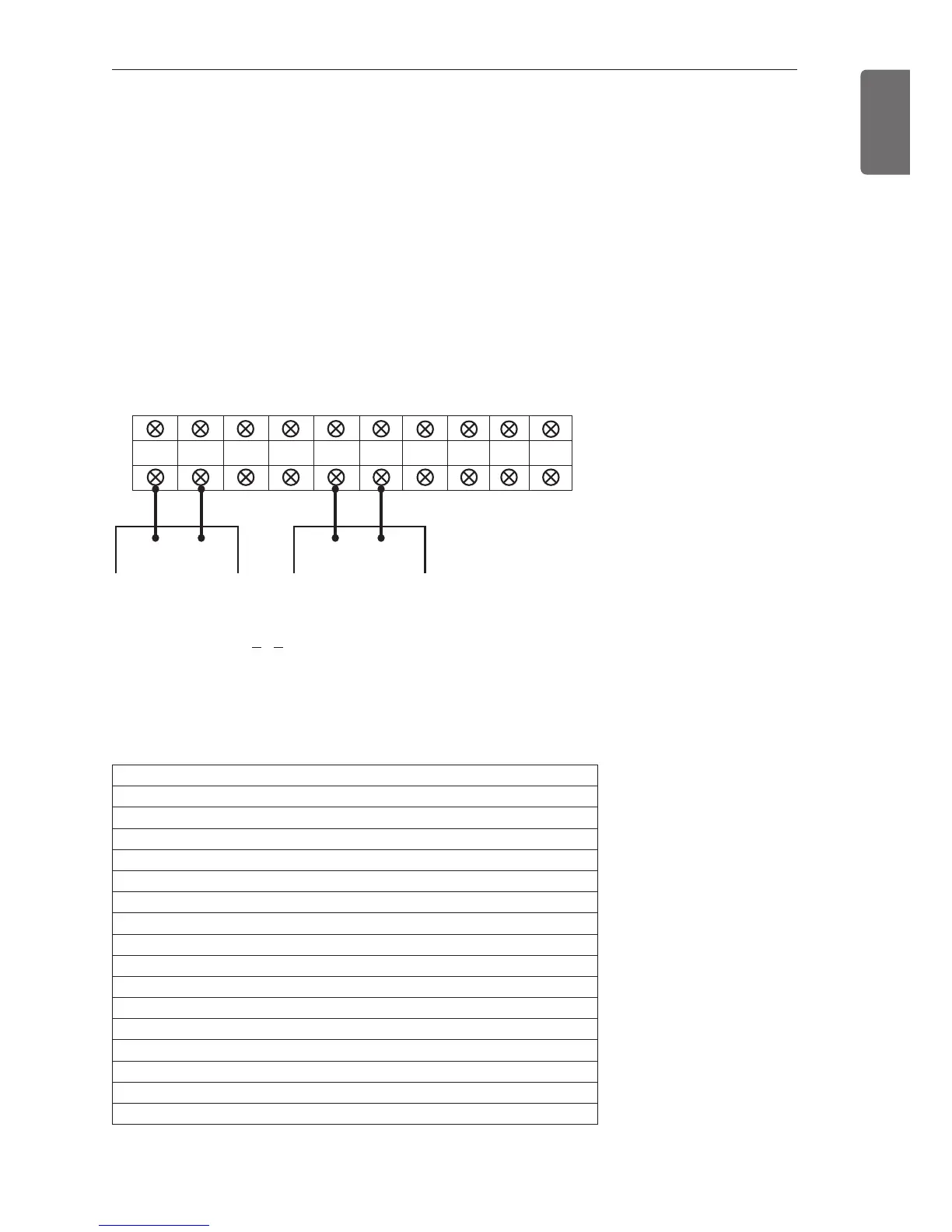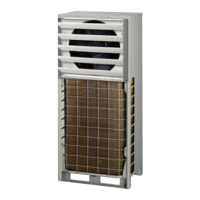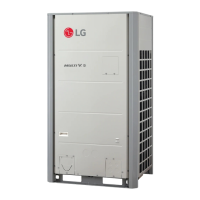

Do you have a question about the LG MULTI V ARUN***CTE4 and is the answer not in the manual?
| Brand | LG |
|---|---|
| Model | MULTI V ARUN***CTE4 |
| Category | Air Conditioner |
| Language | English |
Section to record purchase details for warranty purposes.
Precautions and guidelines for safe installation procedures.
Guidelines for safe operation of the air conditioner.
Technical specifications for outdoor units of the ARUN***CTE4 model series.
Minimum space requirements for individual unit installation.
Advisories for installation in areas with seasonal winds and winter conditions.
Specifies the correct placement and dimensions for anchor bolts.
Guidelines for creating a stable and secure foundation for the outdoor unit.
Important considerations for connecting flare nuts and pipes safely.
Procedure for safely opening and closing shutoff valves.
Three key principles for refrigerant piping: Drying, Cleanliness, and Airtightness.
Safety guidelines for connecting pipes and operating valves.
Steps to prepare for connecting pipes, including using knock-outs.
Procedures for drawing out pipes from the unit for connection.
Specific method for drawing pipes from the bottom side of the unit.
Explains the Y branch method for refrigerant piping systems.
Guidelines for selecting refrigerant pipe diameters based on capacity.
Explains the header method for refrigerant piping systems.
Details on combining Y branch and header methods for piping.
How to connect indoor units to the outdoor unit.
Specifics on connecting pipes from branches to indoor units.
Illustrates various methods and precautions for series outdoor unit connections.
Highlights common mistakes in pipe connections to avoid.
Illustrates horizontal distribution methods for refrigerant piping.
Illustrates vertical distribution methods for refrigerant piping.
Covers alternative distribution configurations for piping.
Details on fitting Y branches for refrigerant piping.
Details on fitting headers for refrigerant piping.
Steps for performing a leak test using nitrogen gas.
Method for performing vacuum drying of the refrigeration system.
Steps to set and activate the vacuum mode.
Procedure to disable the vacuum mode.
Guidelines for safely laying power wiring.
Location of control boxes and how to connect wiring.
Information on communication and power cables and their separation.
Wiring requirements for main power supply and capacity.
Example of connecting communication cables for field wiring.
Wiring configuration for two outdoor units.
Wiring configuration for three outdoor units.
How to check and set outdoor unit configurations using dip switches.
Understanding the initial display on the 7-segment LED.
Steps for automatically addressing indoor units.
How to set group numbers for indoor units.
Setting the cooling and heating modes.
Adjusting static pressure for optimal airflow.
Enabling a mode to reduce fan noise at night.
Setting the defrost mode for the unit.
Assigning addresses to outdoor units.
Configuring modes for snow removal and rapid defrost.
Adjusting target pressure for performance optimization.
Explains error codes and their meanings.
General information on refrigerant safety and limiting concentrations.
Defines the safe limit for refrigerant gas concentration.
Steps to check and manage refrigerant concentration.
Actions to take when refrigerant concentration exceeds safety limits.
Guidelines for choosing an appropriate location near the seaside.











